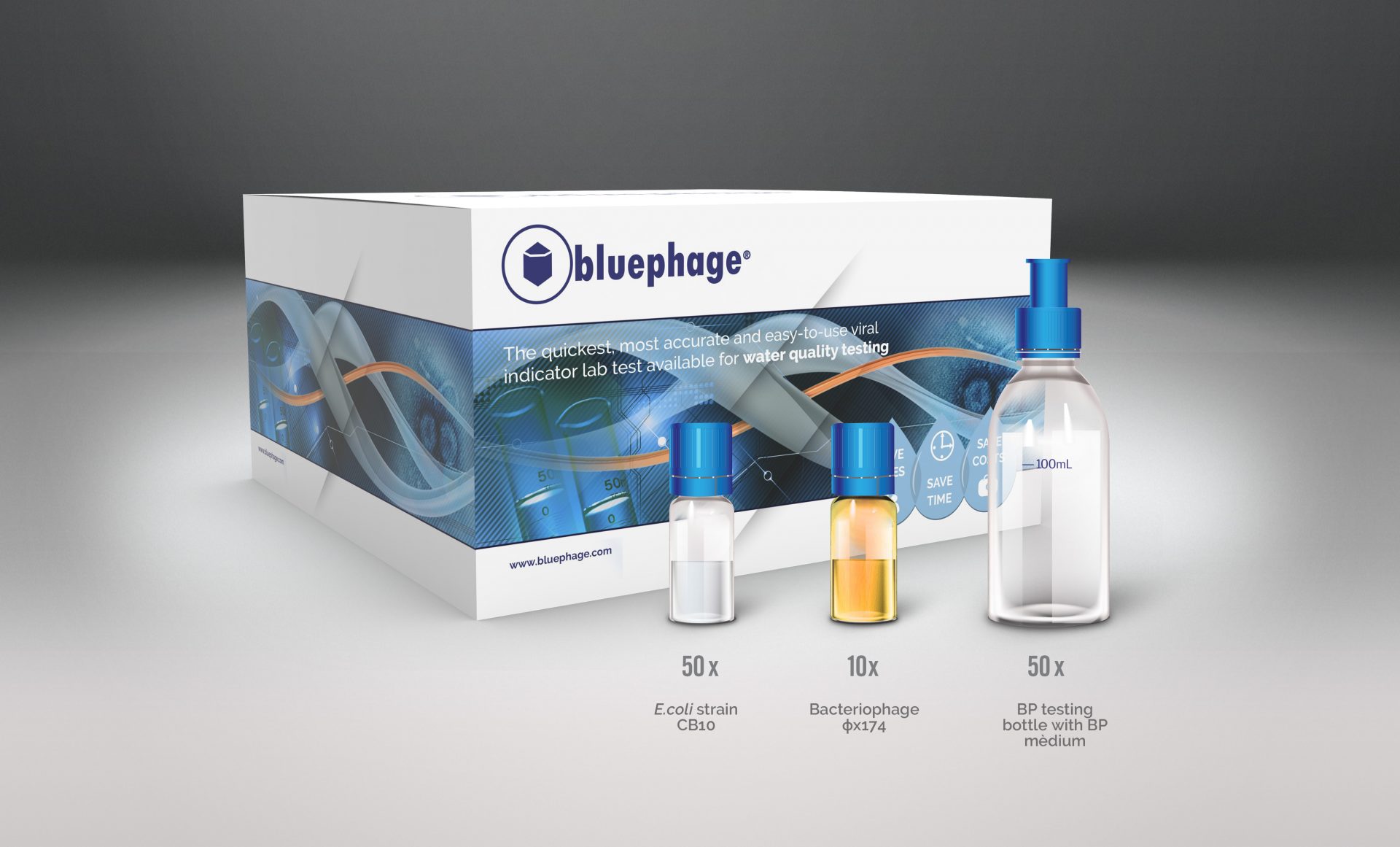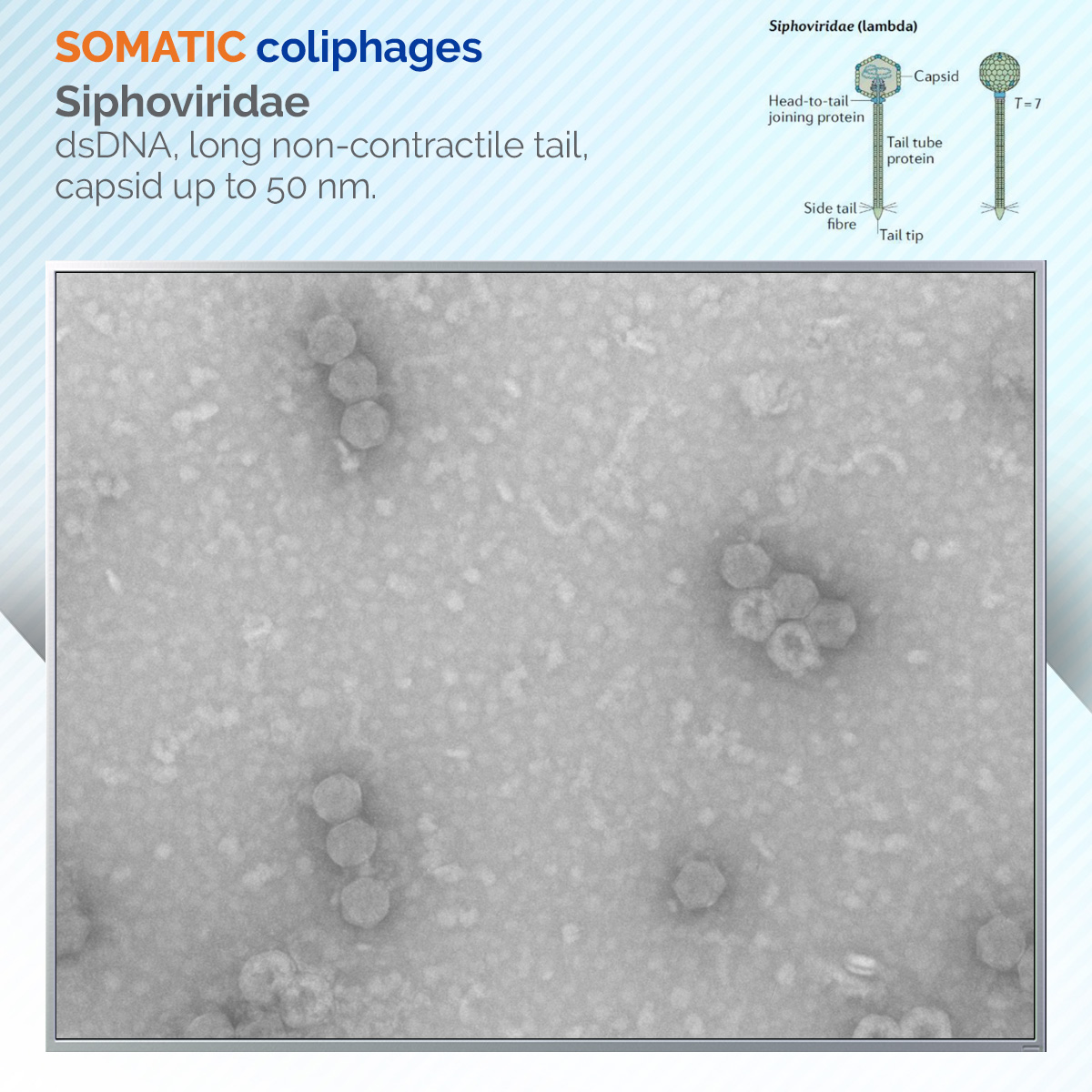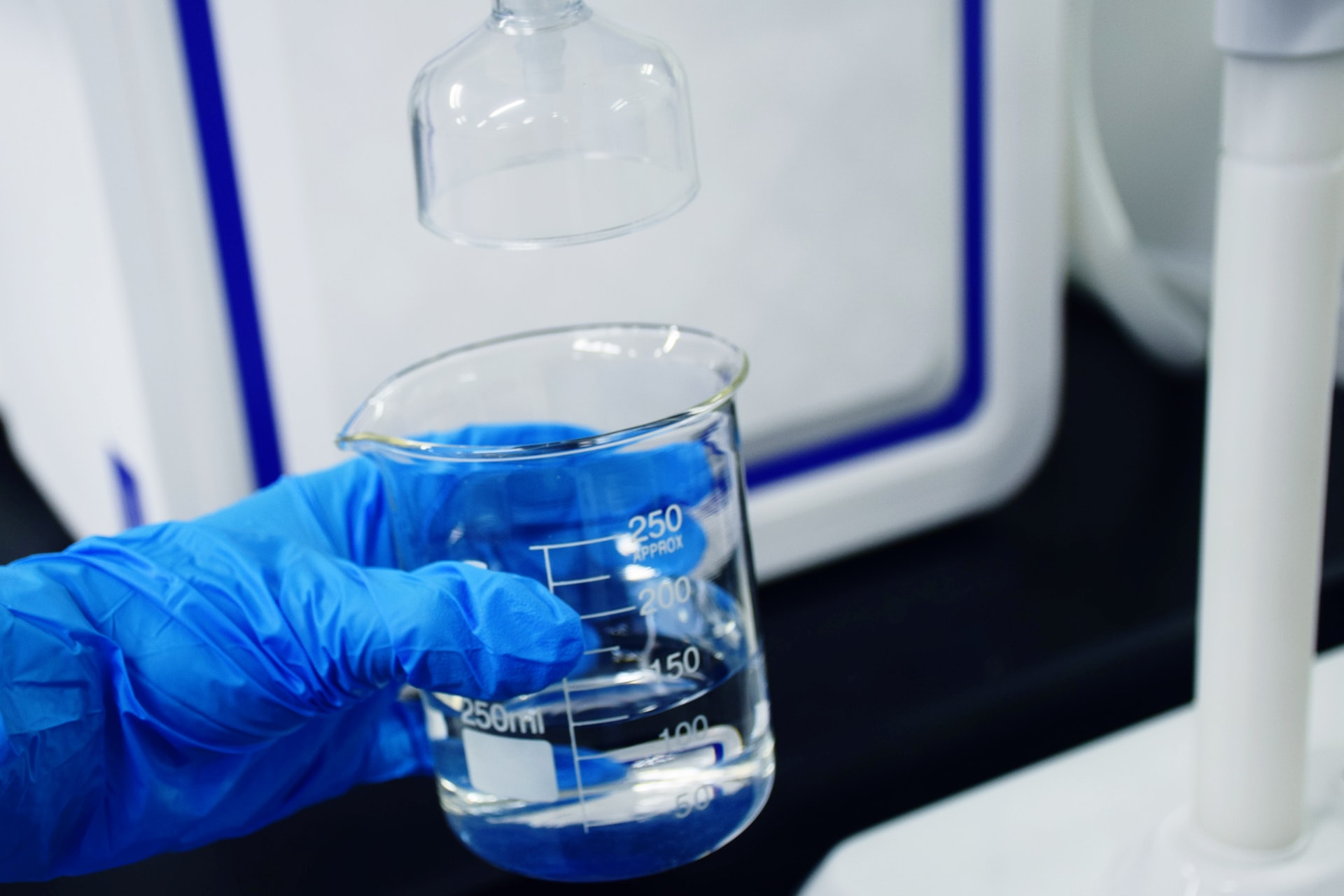BLOG | Bluephage
Why is it better to test for viruses rather than bacteria to ensure the absence of pathogens in water?

Interview with Julia Martín, Chief Development Officer at Bluephage
The most frequent biological contamination of water comes from sewage contaminated with human or animal excreta, which may contain not only pathogenic enteric bacteria such as Salmonella, Campylobacter, etc. but also pathogenic viruses such as Enterovirus, Adenovirus or Norovirus, which can cause outbreaks of acute gastroenteritis, infectious hepatitis (hepatitis A), and other diseases.
As an expert in coliphage detection, do you consider that feacal contamination analysis should be performed throughout the water cycle, and not only in wastewater that ends up in the sea, rivers, or irrigation systems?
Taking into account that water polluted with feaces contains pathogenic viruses that cause illness, free virus water must be guaranteed in all those situations where the risk of transmission exists, either directly (treatment plant workers in contact with wastewater, for instance) or indirectly (recreational water use or polluted drinking water intake).
Viral outbreaks generated by the use of bacteriologically safe water are relatively frequent, due to the fact that regulations traditionally only contained bacterial parameters. To avoid these risky situations, the best option is to include viral indicators to complete microbiological analyses, because viruses are more persistent in the environment than bacteria and because they are infectious at lower doses.
What would be your recommendation for water quality control laboratories to establish a system for analysing viral indicators of feacal contamination?
My recommendation is to include coliphage analyses in all those samples where they are already analysing feacal bacteria. This will allow them to complete the microbiological quality information obtained.
How often are these analyses performed in developed countries?
It depends on the country and the type of sample to analyse. In the European Union, coliphage analysis is included in the Drinking Water Directive only since 2021 and, at the present, the Member States are transposing it into national regulations. This means that the analysis of viral indicators will not be mandatory until 2023. However, since years ago some drinking water treatment plants already include monthly detection of coliphages because their experts consider that this is an important parameter to guarantee safe water.
In the United States of America, the Ground Water Rule (2006) establishes the need to use disinfection treatments that reduce at least 4-log of viruses for those public water systems using ground water sources. In addition, the analysis of coliphage presence is proposed when a routine sample is positive for total coliforms.
Other example is the Australian Guidelines for Water Recycling, published in 2006. The rule point out weekly coliphage analyses for that recycled water intended to a high-exposure use, as it is irrigation of crops eaten raw. However, the guidelines act just as an orientation, not being mandatory.
Human enteric viruses and bacteriophages
can survive after wastewater treatment
better than other indicators of feacal
contamination and pathogenic bacteria,
so they warn of the possible presence of
other less prevalent pathogens.

What are the main reasons for the prevalence of coliphages?
Well, coliphages are viruses and the virus structure is simpler than that of a bacterium. Basically, a virus is like a protein box called capsid that contains the nucleic acid inside, while a bacterium consists of a lipidic membrane surrounded by a cell wall containing not only the nucleic acid, but other structures such as the ribosomes or different vesicles. In this context, the more complexity the less prevalence, and so capsids are usually more effective protecting the virus from the external adversities (including disinfection treatments) than bacterial wall is.
Other reason, also related to simplicity, is that while viruses are only present in two states (active or inactive), bacteria undergo many different physiological states during its life and, for each of these states, they need specific requirements related to pH, temperature, humidity, etc. Changes in any one of these conditions can dramatically affect bacterial survival. Viruses, in contrast, have fewer necessities for their activity.
Why has the scientific community, until relatively recently, not considered the advantages of using viral analysis to determine water quality?
Actually, the consensus in the scientific community has reached decades ago. Scientists devoted to water analysis know that bacteria monitoring is not enough to ensure virus-free water and the analysis of pathogen viruses or viral indicators has been proposed since the middle of the 20th Century. The bottleneck is in translating scientific knowledge to specific directives and regulations. This process is always more slowly than the experts want and this is probably due to all the influencing factors that finally affect the approval of directives (social, economic, public and private interests, etc.) At this point is when the consensus is difficult to obtain.
There are several methods to eliminate possible bacterial microbiota present in the water, which can interfere with the development of host strains of Escherichia coli, or prevent the visualization of lysis zones caused by replicating coliphages. However, some of the recommended methods reduce the detection of coliphages to some extent and should not be used if only a small number of coliphages are to be detected.
What methods does Bluephage propose to obtain the correct detection of coliphages, and what does its technology provide to mitigate interference from indicator strain development or to improve the visualization of lysis zones?
Decontamination of the sample using 0.22 µm pore size filters of is one of the most effective methods to remove accompanying microbiota. Is extremely important to note that those filters must be made from low-protein-binding materials to avoid coliphage retention.
Another effective method is the use of antibiotic resistant host strains, since the antibiotic added to the sample will inactivate non-desired bacteria. Standardized methods for coliphage detection and enumeration recommend the use of these strains and Bluephage has incorporated them in all its products. It is important to remark that even the cleanest samples (like drinking water) contain bacteria that may interfere with coliphage detection.

Some methods of concentrating coliphages in water samples are not suitable due to the sensitivity of coliphages to the pH levels used in some cases to perform adsorption and desorption. These extreme pH changes can damage the coliphages and make them undetectable with methods based on their replication.
Discover Bluephage Rapid Kit
What methodology does Bluephage propose to mitigate this barrier, and how does its technology provide an advanced and effective solution to perform these steps?
Bluephage’ kits are suitable for direct analysis of samples, which is of high importance for clean samples with low coliphage levels. Our Easy Kits are designed for analysing samples without any concentration step, either using the U.S. EPA or the ISO host strains. They use the Double Agar Layer (DAL) assay for small quantities and the Single Agar Layer (SAL) assay for up to 100 ml samples. The same pattern has been followed with the Rapid Kit that detects somatic coliphages in 100 ml samples as fast as in 6 h using our patented technology.
However, for those laboratories where a concentration step is mandatory to fulfill the standardized methods, samples can be concentrated and then analysed with the Easy Kits.

